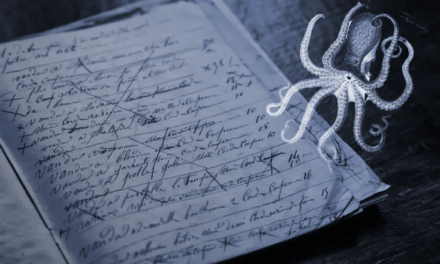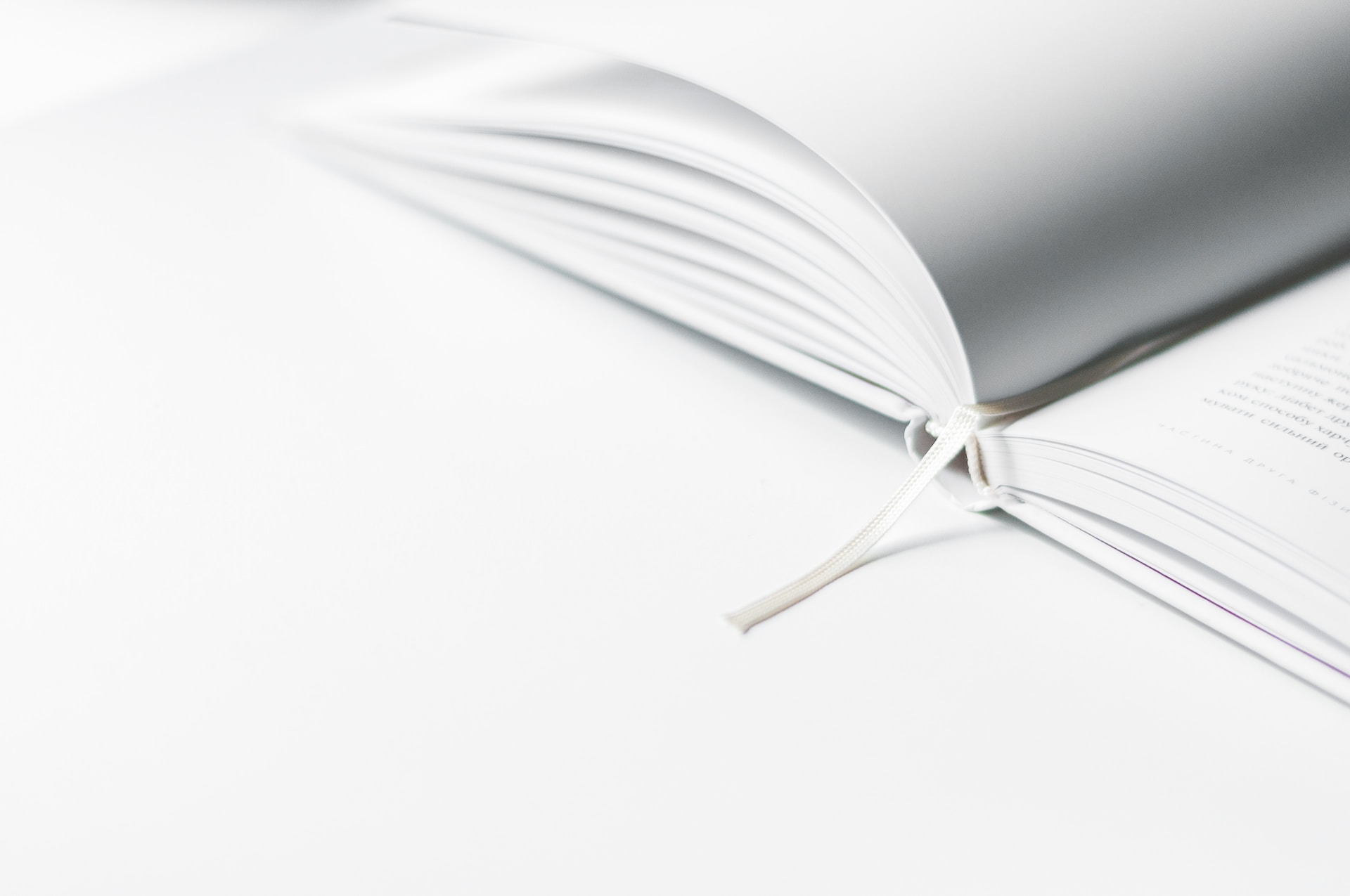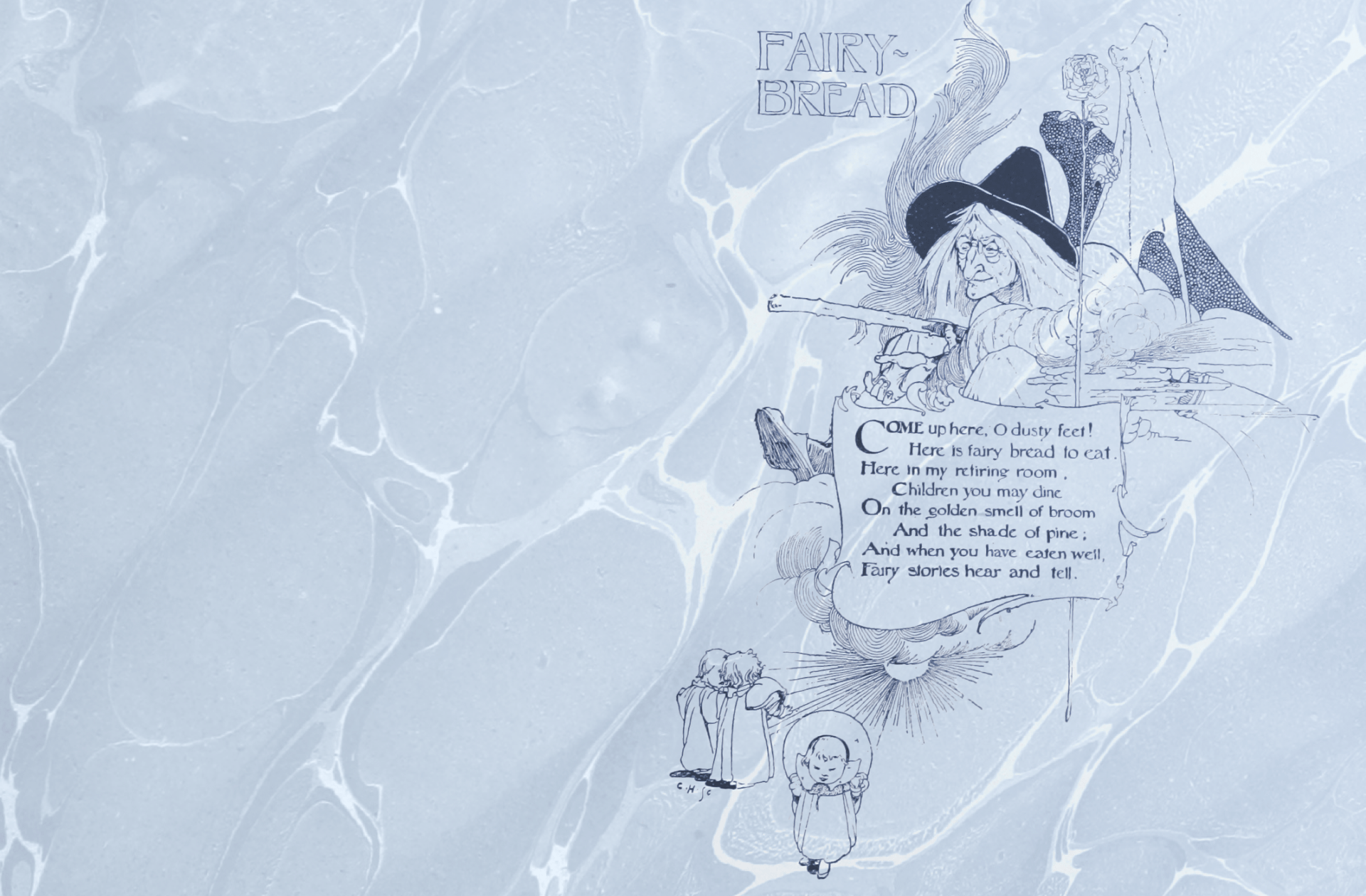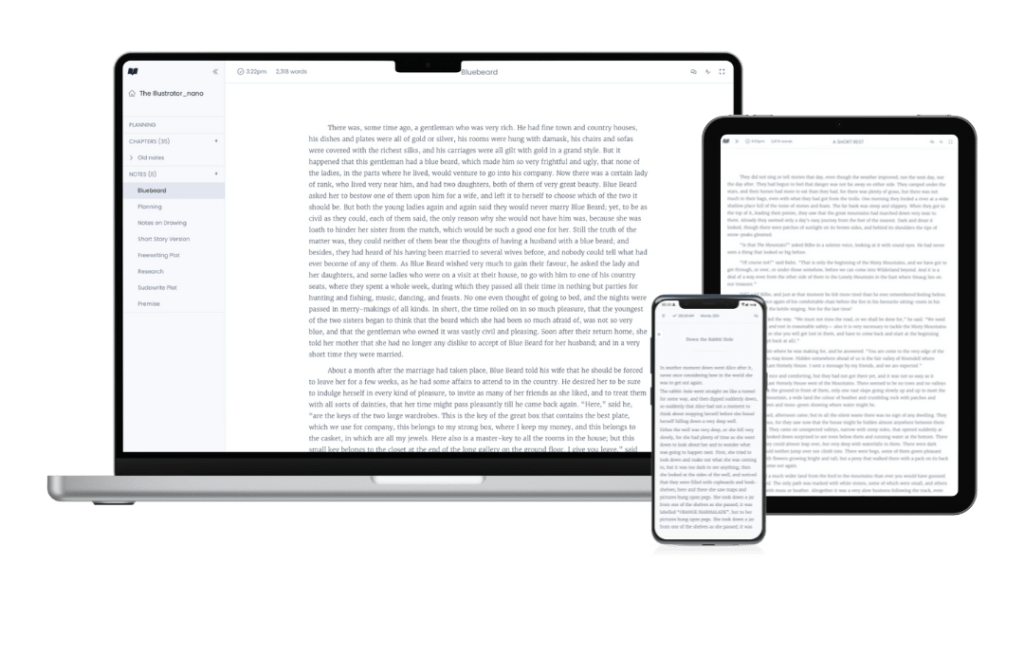
Writers Routines: Writing in the Morning

Are you the kind of writer who is already hard at work as the sun comes up? Do you do your best writing in the morning, where your productivity can flourish as the day progresses? If this sounds like you, you’re in good company.
Successful morning writers include Salman Rushdie, Virginia Woolfe, Kurt Vonnegut, and Ernest Hemmingway. Despite writing wildly different books, they all share a common love of morning writing routines. No matter what their days bring, they start it off with the thing they love the most.
Taking advantage of morning energy
Early risers tend to be at their most energetic first thing in the morning, so it makes sense that they would capitalise on this energy to make the most of their writing time. After waking up, the first thing Salman Rushdie does is go into his office, often still in his pyjamas. He once told journalist Cal Fussman that there was a “little package of creative energy that was nourished by sleep” that he didn’t want to waste.
Keisha N. Blain, the award-winning historian and author of Set the World of Fire: Black Nationalist Women and the Global Struggle for Freedom starts her writing day between 5:30 and 6 am. It allows her to start with some writing done, moving on with the rest of her day when that creative spark leaves her head.
“I know it’s time to stop when I start thinking about everything else but the piece I am working on. For the most part, I am able to maintain this routine. If I don’t write early in the morning, I feel unsettled throughout the day, so I try not to veer off schedule even when I don’t feel like writing.”
Keisha N. Blain
Distraction-free Writing
The pace of modern life often means that the most distractions happen during regular work hours. That’s why a lot of morning writers enjoy the early start, as it allows them a distraction-free writing environment before the hectic pressures of the workday bear down on them.
“A good writing day starts at 4 AM. By 11 AM the rest of the world is fully awake and so the day goes downhill from there.”
Daniel Gilbert
Ernest Hemingway wrote first thing in the morning for just that reason. Just as the sun peeked over the horizon in the morning, he was at his desk. He found that the early mornings meant that there were fewer people around to disturb him. Like Keisha N Blain, Hemingway wrote until he came to the end of his creative stream. He then stopped with a full day ahead of him ready to hit that creative bubble again first thing the next morning.
Award-winning historian Andrew Roberts is also an early bird. Like Rushdie, he starts in his pyjamas, dressing gown, and slippers, usually at about 4:30 am. With such an early start he gets at least five hours of uninterrupted writing time. Then, the pressures of the day start to set in.
Living with a writing routine
Morning writers often crave the routine that writing first thing in the morning affords. It allows them to plan their days with dedicated writing time at the forefront. This is especially important for morning writers who aren’t morning people.
Steven Pressfield, the author of titles like The Legend of Bagger Vance, Gates of Fire, and The War of Art is the kind of person who hates early mornings but has built a routine around them to get the most out of his day. He uses a concept coined by a friend of his called “Little Successes.” A little success might be something as simple as going to the gym. By starting the day with a “little success” it allows him to create momentum for his day that makes the blank page less daunting.
Virginia Woolfe, on the other hand, built a daily routine that meant she worked to the same schedule every day. She would get up at the same time every morning, have breakfast with her husband, and be at her desk, ready to start writing by 9:30 am. Similarly, Philip Roth was in his writing studio at the same time as Woolfe with what he described as “terrifying consistency.” Both writers built a consistent daily routine around their writing practices.
As an antithesis to a traditional routine, however, Kurt Vonnegut allowed his body to create the routine for him. Following his creative and physical flow allowed him to stick to a routine that was largely unintentional. He awoke at 5:30 am, worked until 8 am, ate breakfast, then worked until 10 am. The rest of the day was spent doing errands, swimming, and teaching, before slipping off to sleep at 10 pm. He worked within the parameters of what his body and mind needed, which just so happened to fit with an early morning writing routine.
A “just get it done” attitude
While someone like Steven Pressfield built a routine around “little successes,” there are other writers who use their morning writing times with a “just get it done” attitude.
Joan Didion, the American writer and essayist gets up in the morning but faces a perpetual dread of writing every day. She sits down at her desk every day of the year and writes. Forcing herself to get words on paper means the morning start stops the inevitable procrastination that comes from doing other things first.
Pulitzer Prize winner Junot Diaz has a similar relationship to his morning routine. He allows himself to use the internet only briefly before getting down to the business of writing.
If you’re a morning writer, what is it about writing in the morning that makes it the perfect time for you to get words on the page?
































